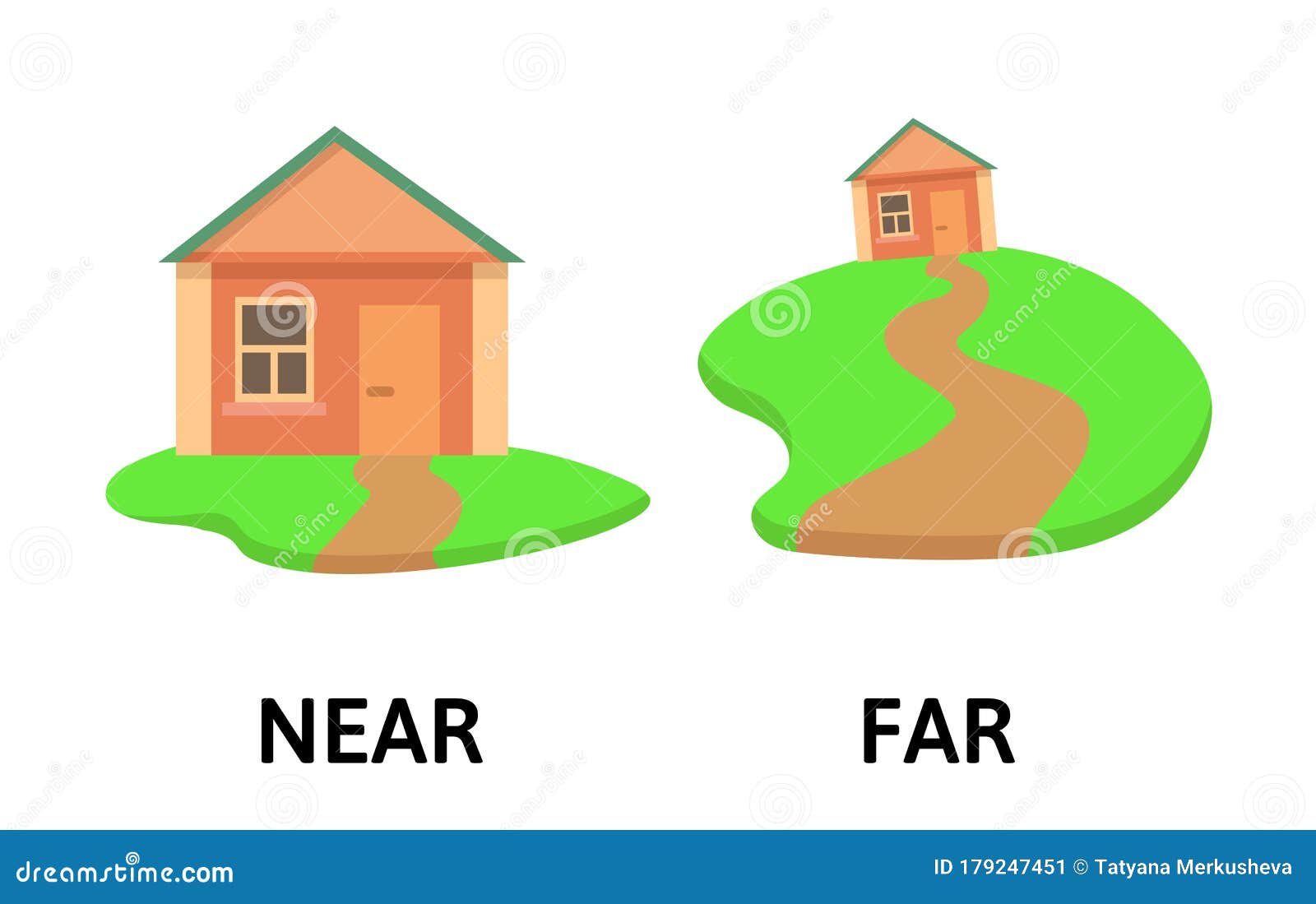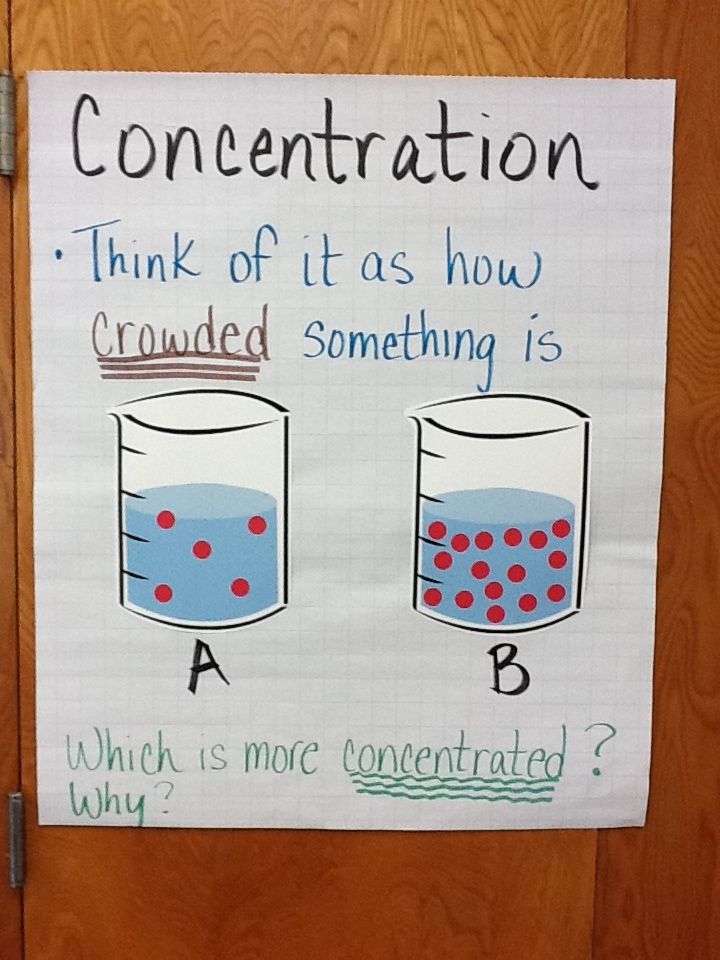How to Finance Dental Veneers: Affordable Payment Options and Step-by-Step Guidance
Introduction: Making Veneers Accessible Through Financing
Dental veneers offer a transformative solution for those seeking to enhance their smile, but the cost can be daunting for many. Although most dental insurance plans classify veneers as a cosmetic procedure and typically exclude coverage, a range of financing options make it possible to pay for veneers over time rather than all at once [1] . Understanding these pathways can help you take the next step toward a confident, radiant smile without compromising your financial well-being.
Why Insurance Rarely Covers Veneers
Most insurance companies consider veneers an elective cosmetic procedure and do not cover their costs. However, there are exceptions. If veneers are medically necessary-for example, to restore damaged teeth or oral function-they may be partially reimbursed by your insurance [1] . It’s essential to check your policy details or speak directly with your provider to determine if your specific situation qualifies for any coverage [5] . Even if insurance does not apply, financing options can bridge the gap.

Source: tffn.net
Popular Financing Solutions for Veneers
When insurance falls short, several financing mechanisms can make veneers affordable. Here are the most common approaches:
1. In-Office Payment Plans
Many dental practices offer customized payment plans allowing you to divide the total cost over months or years. Plans often range from 6 to 24 months and can sometimes be extended up to ten years [1] . Some practices provide interest-free options if payments are made on time [2] . This method is ideal for those who want to avoid credit cards and secure predictable monthly payments. To get started, schedule a consultation with your cosmetic dentist to discuss available plans and have your eligibility assessed during your visit.
Example: At The Cosmetic Dentists of Austin, patients can access plans with payments as low as $250/month, and a dedicated team member helps you navigate lender options for the best rates [4] .
2. Third-Party Medical Financing
Specialized medical financing companies, such as CareCredit and LendingClub , offer credit lines designed for healthcare expenses, including dental veneers. These programs feature fixed monthly payments, promotional interest rates, and instant decisions, letting you begin treatment without delay [2] . Many dental offices accept these third-party programs and can assist you with the application process. For example, the CareCredit card is widely used for both cosmetic and medically necessary dental procedures [5] .

Source: tffn.net
Implementation Steps:
- Ask your dentist if they accept medical financing programs.
- Apply online or in-office for instant approval.
- Review terms, interest rates, and repayment periods before committing.
- Use your card or credit line to pay for veneers and make monthly payments as agreed.
3. Dental Membership and Discount Plans
Some practices offer in-house membership clubs, granting access to routine dental care plus discounts on cosmetic treatments like veneers. For a monthly fee, membership plans can offer reduced rates and special financing arrangements, making veneers more affordable [2] . Contact your local dentist to inquire about such programs and evaluate the potential savings.
4. Traditional Payment Methods
You can also pay for veneers using cash, checks, or credit cards. While these options may not offer the flexibility of financing, some dental offices accept various payment methods and may provide small discounts for upfront payments [3] .
Step-by-Step Guide: How to Finance Your Veneers
Follow these actionable steps to explore and secure financing for dental veneers:
- Research and Select Providers: Identify reputable cosmetic dentists in your area who offer veneers and have transparent financing options. Use online reviews, recommendations from friends, and dental association directories.
- Schedule a Consultation: Contact your chosen dental office to arrange a consultation. Most practices offer complimentary or low-cost initial visits for cosmetic procedures [4] .
- Discuss Financing Options During Your Visit: During your appointment, ask the team about available payment plans, membership discounts, and third-party financing programs. Bring up any concerns about your credit score-many patients are approved even with modest credit histories [1] .
- Apply for Financing: Complete the necessary forms for in-office or third-party financing. Applications are typically straightforward, and approval can be instant. Review all terms and ensure you understand interest rates, repayment schedules, and any fees.
- Review Insurance Policy: If you believe your case may qualify as medically necessary (e.g., restoration of damaged teeth), contact your insurance provider to review possible partial coverage.
- Finalize Your Treatment Plan: Once financing is in place, your dentist will outline the veneer placement process, including preparation, temporary veneers (if needed), and final fitting [5] .
- Begin Treatment: With payment arrangements secured, you can start your journey toward a new smile without waiting to save up the entire amount.
- Manage Payments: Make timely payments according to your plan, keeping your account in good standing to avoid interest or late fees.
Potential Challenges and Solutions
Credit Approval Concerns: Some patients worry about qualifying for financing due to credit history. Many dental offices work with multiple lenders to increase approval chances and offer alternative plans for those with less-than-perfect credit [1] .
Interest Rates: While interest-free plans are available, missed payments can trigger penalties or higher rates. Always read the fine print and set up automatic payments if possible to avoid surprises.
Budget Constraints: If monthly payments are still outside your budget, consider spreading the work over time or opting for partial veneers that address your most pressing concerns first. Discuss phased treatment options with your dentist.
Alternatives to Traditional Financing
If you are unable to secure traditional financing, explore these additional options:
- Personal Loans: Banks and credit unions may offer unsecured personal loans for healthcare needs. Compare rates and terms to those of medical financing programs.
- Health Savings Accounts (HSAs) and Flexible Spending Accounts (FSAs): If your veneers procedure is deemed medically necessary, you may be able to use HSA or FSA funds. Confirm eligibility with your plan administrator.
- Local Nonprofits or Dental Schools: Some organizations and dental schools offer discounted cosmetic services. While not direct financing, these programs can reduce overall costs and make veneers more accessible.
Key Takeaways: Making Veneers Affordable and Accessible
With multiple financing options available, veneers no longer need to be reserved for those with significant savings. In-office payment plans, third-party medical financing, and membership discounts all empower patients to achieve their ideal smile while maintaining financial flexibility [1] [2] . By understanding available pathways and taking proactive steps, you can confidently move forward with your cosmetic dental goals, regardless of your budget.
How to Get Started
To begin, research cosmetic dentists in your area and inquire specifically about veneer financing, payment plans, and discounts. Prepare questions about interest rates, repayment periods, and approval requirements. If you wish to use medical financing, visit reputable providers such as CareCredit for program information [5] . If you prefer a more personal approach, call local practices for consultations and explore their in-house solutions.
References
- [1] Bent Tree Dental (2025). How Veneers Financing Can Make Your New Smile Affordable.
- [2] Skyview Dentistry (2021). Exploring Creative Financing Options for Veneers.
- [3] Veneer Lounge (2023). Financing | Cosmetic Dentist | Dental Veneers in Frisco TX.
- [4] The Cosmetic Dentists of Austin (2024). Dental Financing Options.
- [5] CareCredit (2025). How Much Do Veneers Cost? Pricing and Coverage Guide.



